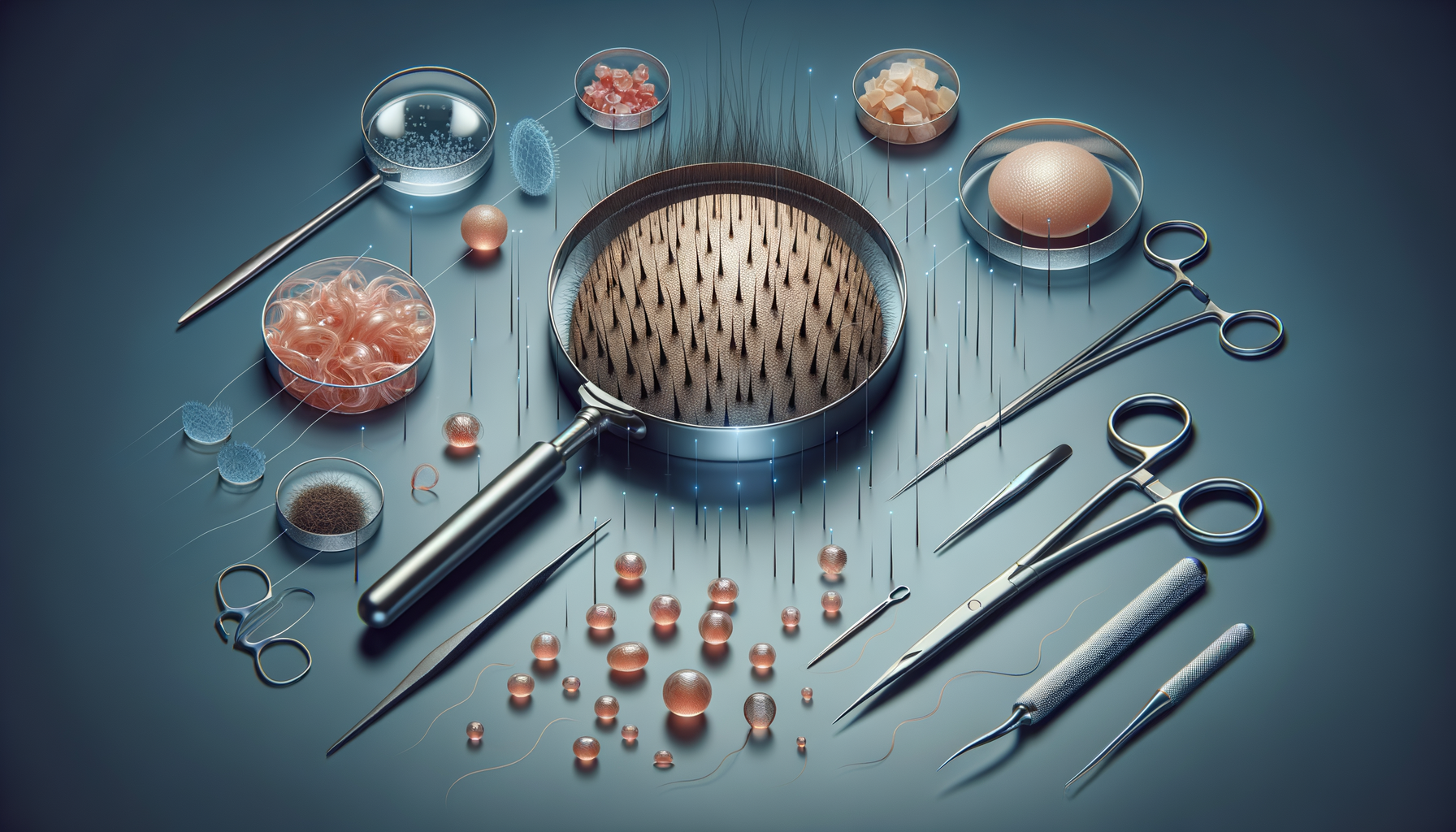
The Art and Science of Hair Transplantation: A Comprehensive Guide
Understanding Hair Transplantation
Hair transplantation is a medical procedure that involves moving hair follicles from one part of the body, known as the donor site, to a balding or thinning part of the body, referred to as the recipient site. This technique is primarily used to treat male pattern baldness, but it is also applicable to women facing hair thinning issues. The procedure has gained popularity due to its ability to provide a natural-looking solution to hair loss, which can significantly boost an individual’s confidence and self-esteem.
The origins of hair transplantation date back to the 1950s, when the first successful procedures were conducted. Since then, the field has evolved significantly, incorporating advanced techniques and technology. The two most common methods today are Follicular Unit Transplantation (FUT) and Follicular Unit Extraction (FUE). Each has its unique advantages and considerations, making it crucial for patients to consult with a qualified specialist to determine the most suitable approach for their needs.
Hair transplantation is not just a cosmetic procedure; it is a complex medical intervention that requires careful planning and execution. Success depends on various factors, including the skill of the surgeon, the quality of the donor hair, and the patient’s overall health. As such, prospective patients should thoroughly research and choose their clinic and surgeon wisely, considering factors such as experience, patient reviews, and before-and-after photos.
Techniques and Procedures
Follicular Unit Transplantation (FUT) and Follicular Unit Extraction (FUE) are the two primary techniques used in hair transplantation. FUT involves removing a strip of skin from the donor area, usually the back of the scalp, where hair is genetically resistant to balding. The strip is then dissected into individual follicular units and transplanted into the recipient area. This method is known for its ability to cover large areas of baldness in a single session, but it does leave a linear scar, which can be a concern for some patients.
On the other hand, FUE involves extracting individual hair follicles directly from the donor area using a specialized tool. These follicles are then implanted into the balding areas. FUE is less invasive than FUT and does not leave a linear scar, making it a preferred choice for those who wish to wear their hair short. However, FUE typically requires more time and may be more expensive due to the precision involved in harvesting individual follicles.
Both techniques require meticulous attention to detail to ensure the transplanted hair grows in a natural direction and pattern. The success of the procedure also depends on post-operative care, which includes following specific guidelines provided by the surgeon to promote healing and hair growth. Patients should expect to see noticeable results within six to twelve months as the transplanted hair goes through its natural growth cycle.
Considerations and Expectations
Before undergoing a hair transplant, it’s essential for individuals to have realistic expectations about the outcomes. While hair transplantation can significantly improve the appearance of hair density, it does not stop the progression of hair loss. Patients may require additional treatments in the future to maintain their results, especially if hair loss continues in untreated areas.
Cost is another critical consideration. Hair transplantation is a significant investment, and prices can vary widely depending on the clinic, location, and extent of the procedure. Prospective patients should factor in the costs of initial consultations, the procedure itself, and any follow-up appointments or treatments.
Additionally, not everyone is a suitable candidate for hair transplantation. Factors such as age, hair type, the extent of hair loss, and the availability of donor hair all play a role in determining eligibility. A thorough consultation with a qualified surgeon can help assess these factors and provide a personalized treatment plan.
Ultimately, hair transplantation offers a promising solution for many individuals struggling with hair loss. By understanding the procedures, techniques, and realistic expectations, patients can make informed decisions and achieve satisfying results that enhance their appearance and self-confidence.


